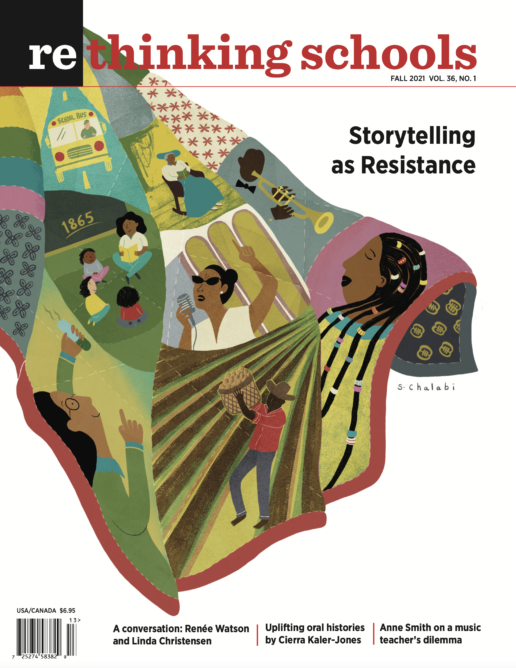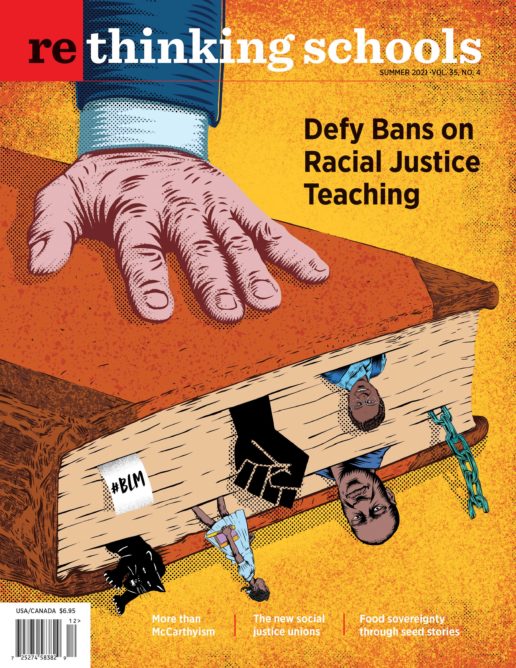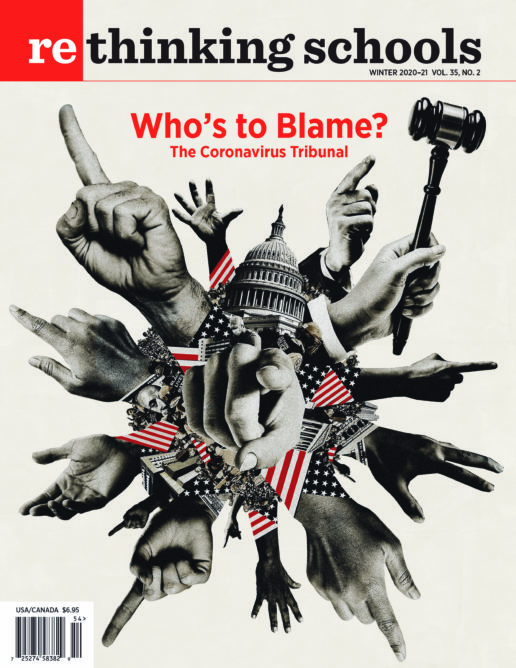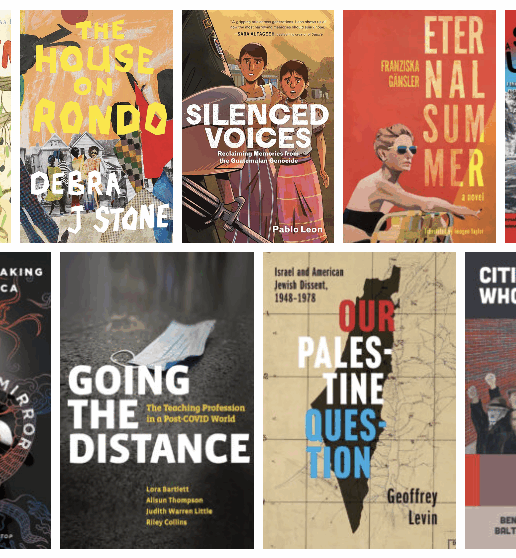
Volume 40, No. 1

Volume 39, No. 4

Volume 39, No. 3

Volume 39, No. 2

Volume 39, No. 1

Volume 38, No. 4

Volume 38, No. 3
Spring 2024

Volume 38, No. 2
Winter 2023-24

Volume 38, No. 1
Fall 2023

Volume 37, No. 4
Summer 2023

Volume 37, No. 3
Spring 2023

Volume 37, No. 2
Winter 2022-23

Volume 37, No. 1
Fall 2022

Volume 36, No. 4
Summer 2022

Volume 36, No. 3
Spring 2022

Volume 36, No. 2
Winter 2021-22

Volume 36, No. 1
Fall 2021

Volume 35, No. 4
Summer 2021

Volume 35, No. 3
SPRING 2021

Volume 35, No. 2
WINTER 2020–21

Volume 35, No. 1
FALL 2020

Volume 34, No. 4
SUMMER 2020

Volume 34, No. 3
SPRING 2020

Volume 34, No. 2
Winter 2019-20











